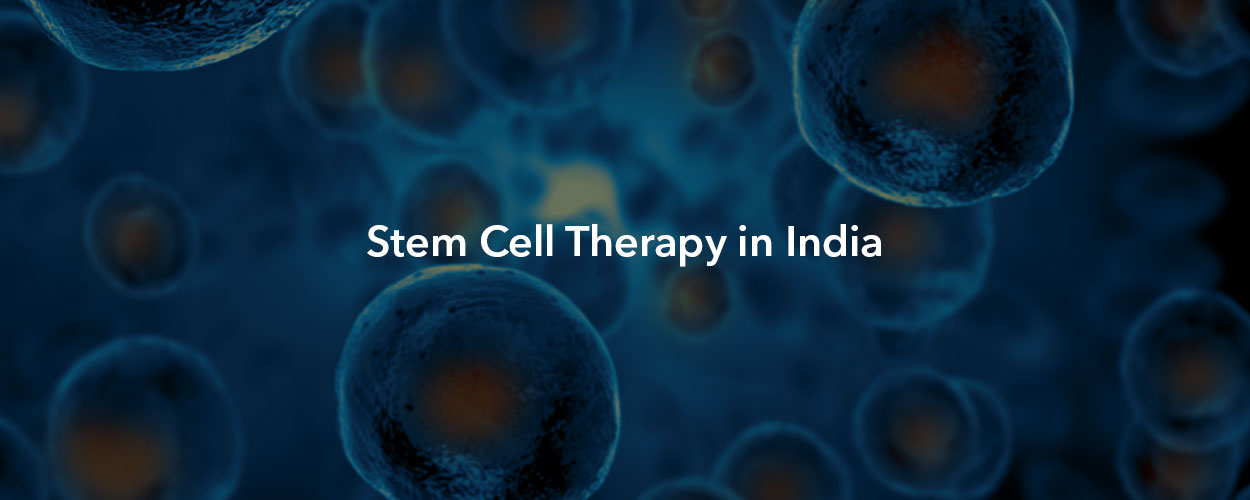What are the types of stem cells used?
Stem cells can be classified on the basis of their origin and developmental stage. There are three categories:
Embryonic Stem Cells
These cells are found in embryos that are 5 to 7 days old (blastocyst). All the tissues and organs of the fetus develop from these cells. Usually, they are taken from IVF clinics.
Embryonic stem cells are the most potent cell type as they can differentiate and convert into any type of cells. Retrieval of embryonic cells raises some important ethical as well as legal issues so are prohibited in many countries.
Umbilical Cord (Perinatal) Stem Cells
These stem cells are obtained from the umbilical cord (or other discarded parts such as placenta and amniotic fluid) immediately after the birth of a baby. Cord blood is rich in stem cells that can give rise to blood cells and umbilical cord tissue have cells called Wharton’s gelatin cells.
These cells differ in functions and therefore, possible utility. Other cellular components such as immune cells are also present in the umbilical cord that have significant benefits. Mothers may donate the umbilical cord after the baby’s birth which is then stored and preserved in Cord Blood Banks for use in the future, as required.
Adult Stem Cells
These types of cells can be located in many organs of the human body such as bone marrow, brain, peripheral blood, skeletal muscle, testes and many others. These cells can be obtained from any person, regardless of age. They are found in specific areas called a “stem cell niche” of all tissues of the body.
These cells normally stay dormant for long periods and are activated to repair the damaged tissue when there is organ damage due to injury or disease. There are minimum ethical issues associated with these cell types and they are currently being used in cell-based therapies for the treatment of a number of disorders.
According to their potency, stem cells can be categorized as:
Pluripotent Stem Cells
These types of cells have the potential to develop into nearly all types of cells. They are derived from the blastocyst (embryonic stage) and any of the three germ layers (ectoderm, mesoderm and endoderm). Embryonic stem cells are categorized as pluripotent. Their use is limited due to ethical conflicts and genetic instability associated with these cells.
Multipotent Stem Cells
These are organ-specific cells that differentiate into a limited number of cell types with specialized functions. Adult stem cells fall into this category and are commonly used in cell therapies. Multipotent stem cells can be obtained from a wide range of sources, including 8-day old embryos to adult bone marrow.
Totipotent Stem Cells
These cells are also called omnipotent stem cells. They have the capacity to form a whole organism. These stem cells are formed from the fusion of an egg with a sperm cell. They can differentiate into embryonic as well as extraembryonic cell types.



